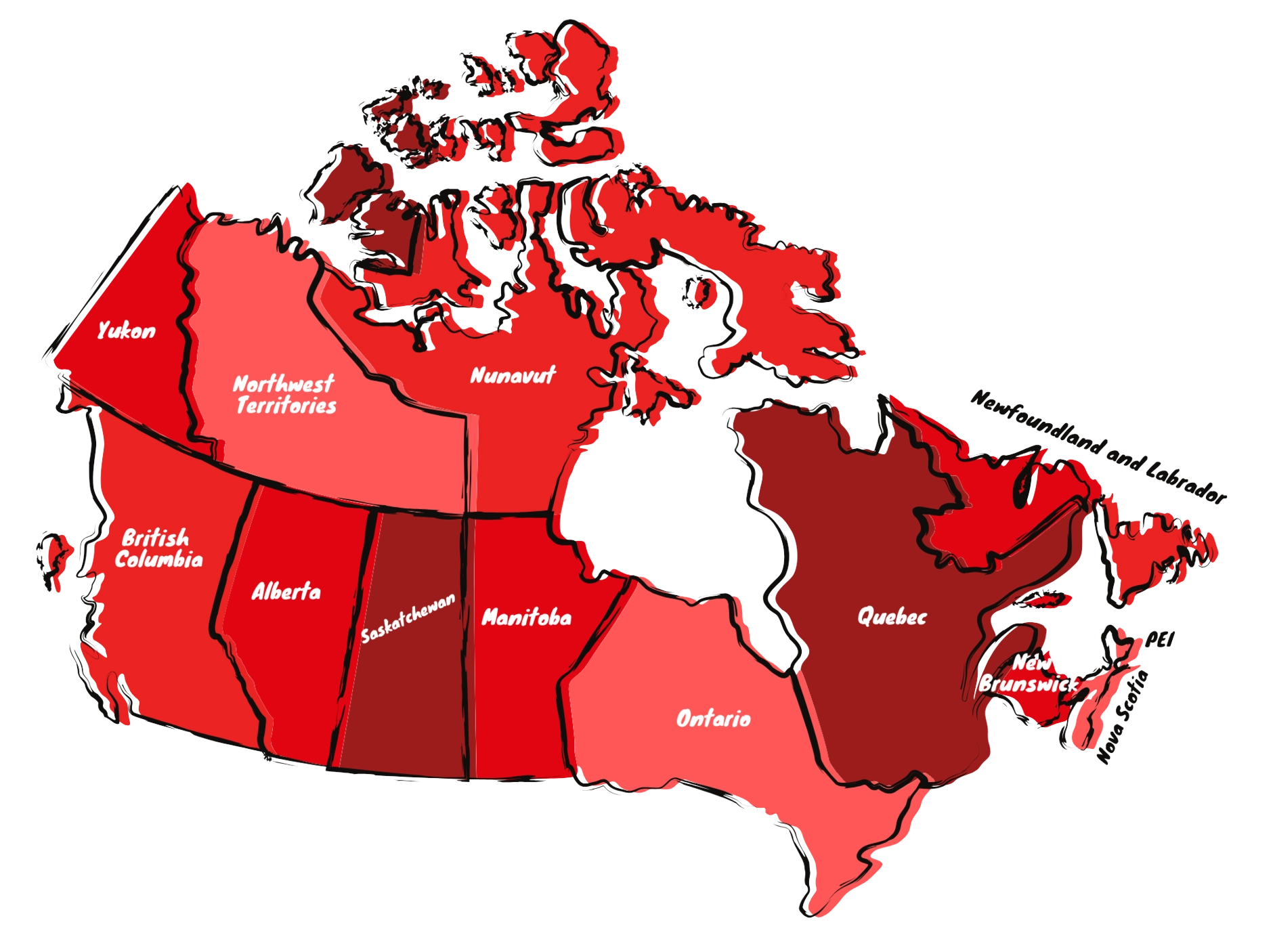This blog post originally ran in QCRA Views. You can read the unabridged version, with references, here.
As research professionals, our success relies on delivering powerful insights. These insights help organizations solve challenges and achieve their goals. The more consistently we deliver, the more valuable we become.
However, the search for insights isn’t new. People have pursued understanding and innovation for millennia. From scientists to lawyers and detectives, many professionals share this mission. By studying their methods, we can, therefore, learn valuable lessons.
The Proven Framework of Steps to Generate Insights
In 1939, advertising executive James Webb Young introduced a five-step process for generating insights. This method, rooted in innovation science, offers a clear roadmap:
- Gather raw materials.
- Work the materials over in your mind.
- Let your subconscious incubate the ideas.
- Experience the “aha” moment when insights surface.
- Shape and refine the ideas for practical use.
Next, let’s explore each step in detail to understand how to apply them.
Step 1: Gather Raw Materials
James Webb Young emphasized gathering two types of materials: those related to your problem and general knowledge. This step highlights the importance of diverse inputs.
The more varied your sources, the richer your insights. Drawing from multiple disciplines or analogous markets can lead to groundbreaking ideas. For instance, polymath scientist Hermann von Helmholtz exemplified this by applying knowledge across fields, from physics to medicine.
To begin, ask yourself:
- Have I explored diverse perspectives?
- Am I considering outside data sources or lessons from other industries?
Step 2: Work the Materials Over
Once you’ve gathered materials, the next step is to analyze and connect them. Examine the problem from different angles and synthesize your findings.
Young described this step as exploring relationships. Write down tentative ideas, even if they seem incomplete. Furthermore, this process helps pave the way for the final insight.
Key tips:
- Turn facts over in your mind.
- Look for unexpected connections.
- Document your thoughts for future refinement.
Step 3: Incubate the Ideas
Sometimes, stepping away from the problem can unlock creative solutions. For example, taking a walk, playing music, or even sleeping can trigger insights.
Studies confirm that walking boosts creativity. Similarly, comedian and writer John Cleese advocates for unplugging to let the unconscious mind work. By doing this, you allow ideas to percolate.
To make the most of this phase:
- Schedule breaks during your workflow.
- Allow your subconscious time to process ideas.
- Take a walk or engage in unrelated activities.
Step 4: Experience the “Eureka” Moment
The “aha” moment often comes suddenly, bringing clarity and confidence. Historical examples abound, such as Archimedes in his bathtub or Isaac Newton in an orchard.
These moments are the result of preparation, analysis, and incubation. They mark the connection of seemingly unrelated ideas into a meaningful insight.
Characteristics of an insight include:
- Sudden appearance
- A positive emotional response
- Confidence in its validity
Step 5: Shape and Refine the Idea
After the insight surfaces, the final step is to refine it for practical application. Share it with others for feedback. Collaboration often reveals overlooked possibilities and strengthens the final concept.
Young advised not to hold ideas too tightly. Instead, feedback helps expand and improve them.
To refine your idea:
- Seek input from peers with diverse expertise.
- Test its feasibility.
- Address biases and confirm assumptions.
Checklist for Better Insights
To integrate this framework into your workflow, use this checklist:
- Have you gathered diverse and relevant materials?
- Did you explore multiple hypotheses and connections?
- Did you schedule time for unconscious processing?
- Did you step away to let ideas incubate?
- Have you shared the idea for feedback and refinement?
Embrace the Process and Improve Outcomes
In conclusion, by following these steps, you can consistently generate deeper, more impactful insights. Adjusting your workflow to include diversity, incubation, and collaboration will enhance the quality of your ideas. Therefore, use this method on your next project and watch the difference it makes.
Recommended
Trade Pressure, Voter Priorities, and the Power of Perception
Takeaways from our April 3 Countdown to Canada Webinar In our most recent Countdown to Canada webinar, we focused on two major themes: the political implications of Trump’s latest trade move—and what it means (and doesn’t mean) for Canada—and the rising importance of...
Measuring Canadian Pride: What It Means, How It’s Tracked, and Why It Matters
National pride is an essential part of any country’s identity, influencing everything from politics and culture to international relations. But what exactly does it mean to be proud of one’s country? And more importantly, how do we measure it? Recent data from the...
Trade Pressure, Voter Priorities, and the Power of Perception
Takeaways from our April 3 Countdown to Canada Webinar In our most recent Countdown to Canada webinar, we focused on two major themes: the political implications of Trump’s latest trade move – and what it means (and doesn’t mean) for Canada – and the...
Countdown to Canada: Week 2 Wrap up.
What the “Crisis Election” Reveals About Canada Right Now Last week, I hosted week 2 of our weekly webinar series; Countdown to Canada — a 20-minute live webinar where we unpack what’s really going on in this year’s Canadian federal election. What came out of the...









